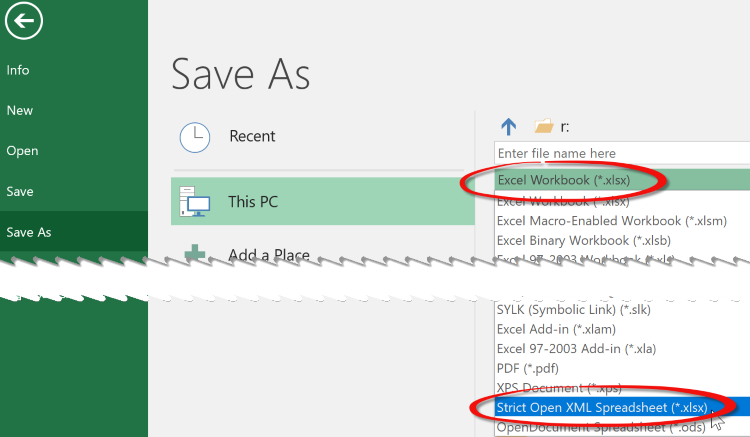threadvar
ThreadApplicationName: string;
procedure StartServer;
var
Server: THttpSysServer;
Module: TRemoteDBModule;
begin
Server := THttpSysServer.Create;
try
Module := TRemoteDBModule.Create('http://localhost:2001/tms/remotedb',
TDBConnectionFactory.Create(
function: IDBConnection
var
Module: TConnectionModule;
begin
Module := TConnectionModule.Create(nil);
// Use ThreadApplicationName to configure your connection
if ThreadApplicationName <> '' then
Module.FDConnection.Params.Values[‘ApplicationName’] := ThreadApplicationName;
Result := TFireDacConnectionAdapter.Create(Module.FDConnection1, Module);
end
)
);
Module.AddMiddleware(TAnonymousMiddleware.Create(
procedure(C: THttpServerContext; Next: THttpServerProc)
begin
ThreadApplicationName := C.Request.Headers.Get('db-app-name');
Next(C);
ThreadApplicationName := '';
end
));
Server.AddModule(Module);
Server.Start;
WriteLn('RemoteDB server running...');
ReadLn;
finally
Server.Free;
end;
end;
on client side:
RemoteDBDatabase1.OnRequestSending := RequestSending;
procedure TfmThreeTierAureliusRemoteDB.RequestSending(Sender: TObject;
Req: THttpRequest);
begin
Req.Headers.SetValue('db-app-name', 'My Application');
end;

 Now the question is: Should I use normal or strict xlsx files? And the short answer is: Use normal xlsx files unless you have a non negotiable requirement from your customers to use strict xlsx.
Now the question is: Should I use normal or strict xlsx files? And the short answer is: Use normal xlsx files unless you have a non negotiable requirement from your customers to use strict xlsx.



